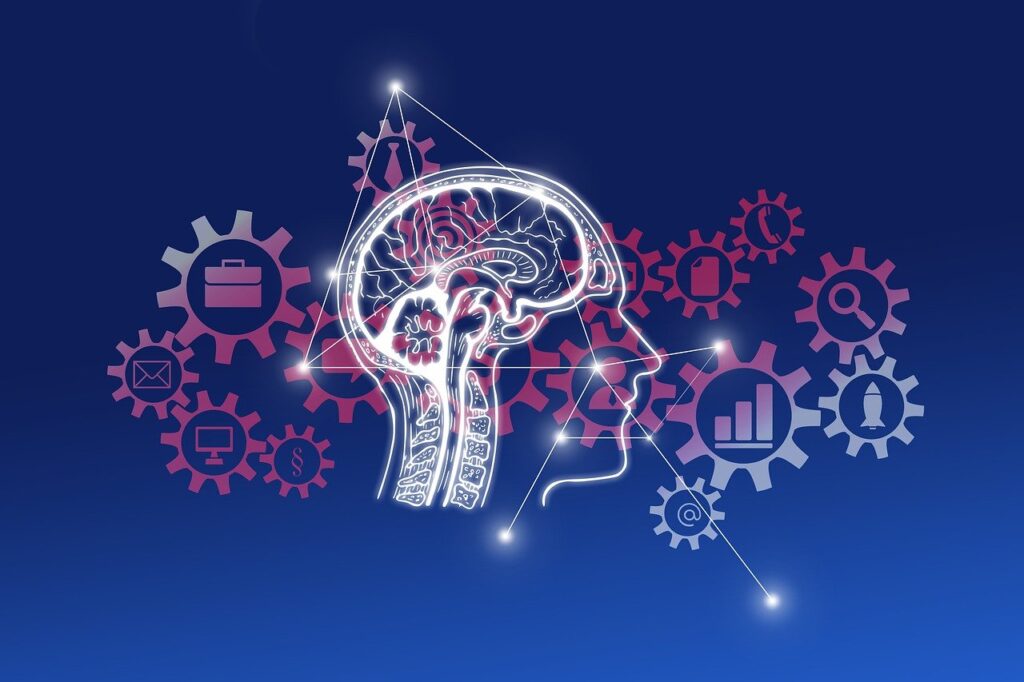Free Training & Career Tips... Subscribe to Get Weekly Career Tips

By Subscribing You are Agreeing to Terms and Conditions
The media is currently awash with all kinds of stories about AI, both positive and not-so-positive. Not to mention, PwC’s annual global workforce survey revealed almost a third of respondents are in fear of their roles being replaced by technology within three years. BBC also ran a headline which stated: “AI anxiety: The workers who fear losing their jobs to artificial intelligence”. While a degree of anxiety around the threats posed by AI is sweeping across the world, perhaps the media itself may be responsible for adding more fuel to the fire. Let us take a look at some of the ways that AI is not so much threatening jobs, but supplementing them.

Many news agencies, including Reuters and Associated Press have created AI-generated news articles for such tasks as sports recaps and financial reporting. This is a concern for journalists, writers and bloggers who are feeling nervous about the automation of content generation, such as reports, news articles and even creative writing projects. Nevertheless, the key lies in leveraging generative AI tools such as Chat GTP to enhance the creative process. For example, Adobe’s Project Scribbler makes use of AI to convert rough scamps, or sketches into final artwork.
With the deployment of natural language processing, virtual assistants and chatbots have been as good as human customer service agents. Yet, this is mainly the case when generative AI powered chatbots are used to assist customer service staff with automated repetitive tasks and the handling of routine inquiries. This frees up time for human agents to spend more time on more complex tasks and specialised customer interactions.
Automated systems can, indeed, handle data entry tasks and also perform basic data analysis, which may threaten professionals working in these fields. However, one vital issue that many companies are concerned with is not about data processing as such, rather it is concerned with data generation. Since, without data, businesses are becoming increasingly at risk. Therefore, what generative AI is particularly useful for is in building synthetic data. Synthetic data that has been modelled around real data can help provide sufficient data for more powerful data to be used by data analysts for better analysis.
If we take a look from the outside in, we can see that the media has played a large part in raising concern around AI and jobs that tends to focus on the impact of AI on current jobs. Yet, a new range of jobs will be created by virtue of technology and other jobs will be created in the ecosystems at large.
Where it concerns the creation of new jobs, let us first look at the digital economy. The rise of social media platforms has resulted in the need for businesses and professionals to enhance a a brand or business’s online presence, engage with customers and deploy targeted social media marketing strategies. Increased proliferation of mobile applications has resulted in a demand for skilled app developers with the ability to design, develop and sustain the functioning of dedicated applications used for different platforms.
With digital threats and cyberattacks becoming increasingly on the rise, companies need cybersecurity specialists to protect their systems and networks and safeguard sensitive data.

As generative AI becomes more widespread, AI ethicists will become responsible for dealing with the ethical implications and societal impact of systems powered by AI. Such individuals would take into account privacy concerns, assess potential biases and develop appropriate guidelines for the responsible use of AI technologies.
Looking at the course of history, and examining previous industrial revolutions, let us remember that technology has always been the driver behind the wheel. Technology no doubt kills certain jobs – such as in previous times when humans were replaced by machines in revolutionising the automotive industry when Henry Ford introduced the Model T Ford vehicle in 1908 – which was intended to be affordable, simple to operate and durable. Increased automation and reduced costs led to the operation of factories that were able to produce a vehicle that the masses could afford.
Reference sources: medium.com
Copyright text 2024 by Business Optimization Training Institute.